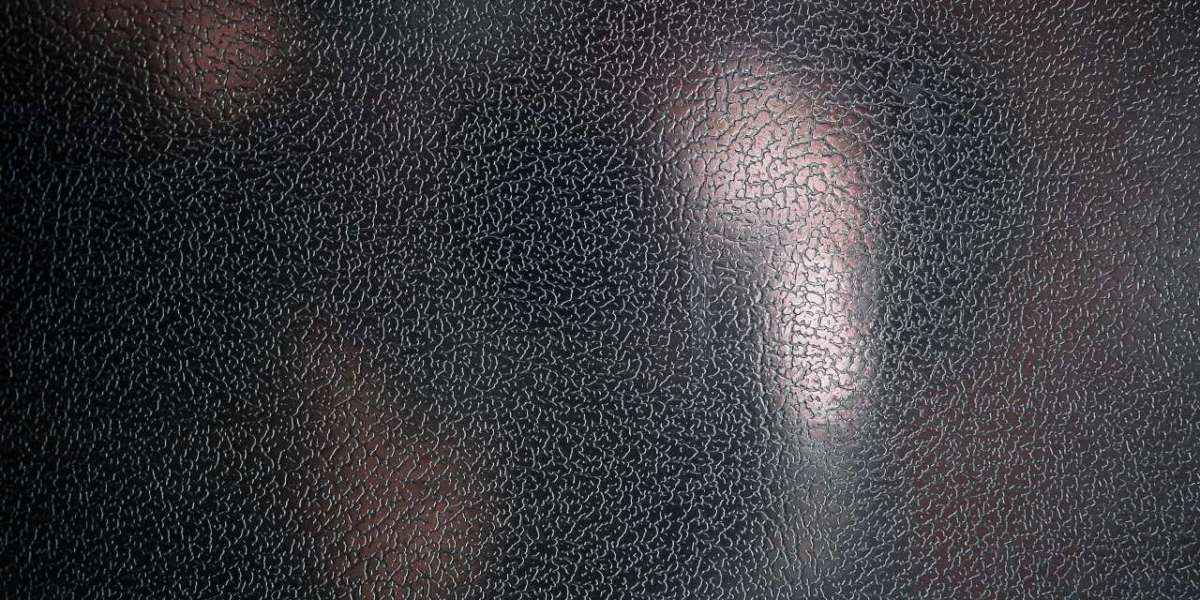In an era where security concerns are paramount, the evolution of surveillance technology has become a critical focus. One of the most promising advancements in this field is high-definition thermal imaging for outdoor surveillance. This cutting-edge technology offers unparalleled capabilities in monitoring and securing outdoor environments, making it an essential tool for the future of security.

Understanding High-Definition Thermal Imaging
High-definition thermal imaging involves capturing images based on the heat emitted by objects rather than relying on visible light. This technology leverages infrared radiation to produce clear, detailed images even in complete darkness or adverse weather conditions. By detecting temperature variations, thermal cameras can identify objects, people, and animals with remarkable precision.
Advantages of High-Definition Thermal Imaging in Surveillance
The benefits of using high-definition thermal imaging for outdoor surveillance are manifold. Firstly, it provides superior visibility in low-light or no-light conditions, making it ideal for nighttime security operations. Traditional cameras often struggle in such scenarios, but thermal imaging ensures continuous monitoring without compromising on image quality.
Secondly, thermal imaging is less affected by environmental factors such as fog, smoke, or heavy rain. This resilience ensures that surveillance remains effective regardless of weather conditions, offering a reliable solution for outdoor security.
Moreover, thermal imaging can detect hidden or camouflaged objects. For instance, intruders attempting to blend into their surroundings can be easily identified due to their heat signatures. This capability is particularly valuable for perimeter security in critical infrastructure, military bases, and wildlife conservation areas.
Innovative Applications of Thermal Imaging
The future of outdoor surveillance with high-definition thermal imaging extends beyond traditional security measures. One innovative application is in search and rescue operations. Thermal cameras can quickly locate missing persons in vast, challenging terrains by detecting their body heat, significantly improving response times and success rates.
Another exciting application is in wildlife monitoring. Conservationists can use thermal imaging to track and study nocturnal animals without disturbing their natural behavior. This non-invasive approach provides valuable insights into animal habits and helps in the preservation of endangered species.
Additionally, thermal imaging is being integrated into smart city initiatives. By monitoring urban environments, authorities can enhance public safety, manage traffic flow, and detect potential hazards such as fires or gas leaks before they escalate into major incidents.
Challenges and Future Prospects
While the advantages of high-definition thermal imaging are clear, there are challenges to address. One significant hurdle is the cost of thermal imaging equipment, which can be prohibitive for widespread adoption. However, as technology advances and economies of scale come into play, prices are expected to decrease, making it more accessible.
Another challenge is the integration of thermal imaging with existing surveillance systems. Ensuring compatibility and seamless operation requires sophisticated software and skilled personnel. Ongoing research and development are focused on creating user-friendly interfaces and automated systems to simplify this process.
Looking ahead, the future of outdoor surveillance with high-definition thermal imaging is promising. As artificial intelligence and machine learning technologies continue to evolve, they will enhance the capabilities of thermal imaging systems. For instance, AI algorithms can analyze thermal data in real-time, identifying potential threats and alerting security personnel instantly.
Conclusion
In conclusion, high-definition thermal imaging represents a significant leap forward in the realm of outdoor surveillance. Its ability to provide clear, reliable images in challenging conditions makes it an invaluable tool for security, search and rescue, wildlife monitoring, and smart city applications. As technology advances and costs decrease, we can expect to see even more innovative uses for thermal imaging, solidifying its role in the future of outdoor surveillance.







